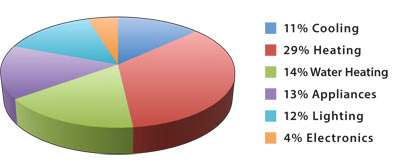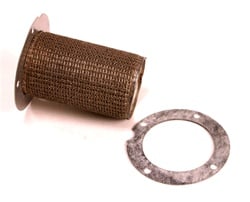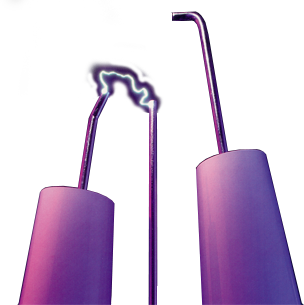As the weather gets warmer and families and friends start to go on vacations, we want to remind you ways you can save on utility costs before your trip! We found this article with helpful tips on NextStepLiving.com.
Ready for a vacation? If you’re spending anytime abroad, take 15 minutes before you head out the door to complete these easy energy-saving to-do’s. You might save enough to buy yourself an extra treat while on vacation; plus, you'll be more relaxed knowing your home is hibernating safely while you're away.

- Adjust your thermostat. Depending on your home’s insulation, you can set your thermostats lower or higher than usual (depending on the weather outside). Programmable thermostats, which may be installed at no cost during a home energy evaluation, can help you adjust your indoor temperature. We recommend setting it about 8 degrees higher or lower than your usual temperature on the "hold" or "vacation" mode (depending on the weather outside) to avoid having your furnace or cooling system come on while you're away.
- And your hot water heater (or put it in vacation mode). If your water heater is older than its warranty period, and especially if it's showing signs of age such as leaks or rust, consider replacing it now to avoid the catastrophe of a ruptured tank while you're away. Look for an Energy Star® model to save on the substantial cost of hot water, year-round.
- Lower and close all your window treatments such as blinds, curtains and drapes, to hold heat in the house (or to keep it cool in the warmer months). You should also make sure to lock your windows as that will help further eliminate drafts with a tight seal. While you’re considering windows, be sure that they can hold up to the weather year-round – double- or triple-pane ones are best.
- Add insulation and air sealing. If your home has cracks or gaps that let in drafts, or if your insulation is lacking, there's no better time to have the structure sealed and and make your home more comfortable. You'll reduce your heating (and cooling) bills year-round, and you're more likely to avoid freezing pipes in the winter; this is especially important if you've turned down the thermostats.
- Use light timers. If you leave lights on to discourage burglars, put them on timers rather than having them consume electricity 24 hours a day. Save even more power by swapping out your bulbs to high-efficiency bulbs such as CFLs and LEDs, available at low- or no-cost during a home energy evaluation.
- Unplug everything you can or put your electronics on smart power strips. These power strips will both turn off your DVR when your TV is off and eliminate electricity leaks from equipment when it's not in use.
- Close the damper on your fireplace, if you have one. In the winter time, get in the habit of doing this after each fire, as soon as the ashes are completely cold.
(Original article & image: http://www.homeenergy.tips/money-savers/curb-utility-costs-your-next-vacation)


